Minimal Surface Vertical Garden
/This weekend I thought it would be fun to grow moss on a minimal surface. Moss is an interesting living addition to many surfaces (e.g. moss graffiti). Minimal surfaces are the minimal surface needed to connect given boundary conditions (like soap bubbles forming inside a ring of wire or a circus tent draped on poles. The wire and poles are the boundary conditions and the shape of the bubble and tent is the minimal surface). Minimal surfaces are also recognized as having high surface area to volume ratios and being good substrates for cell growth. Minimal surfaces have attracted the attention of architects who use them to minimize weight and materials. Because of their high surface area to volume ratio (and thus minimal material requirements) minimal surfaces are an interesting way to explore efficient vertical farming.
I chose to use a 1/2 scale, 1/4 resolution model of the Voronoi Tower by Dizingof (modified by RichRaf). Here is the STL file. This model resembles an organic tower. My sister kindly printed the tower on her Ultimaker.
I selected what I hope are two different types of moss, one Acrocarp and one Pleurocarp. Acrocarps have upright growth, branch a lot, and are slower growing.
Pleurocarps grow as a carpet, they grow faster, and and they attach to hard surfaces better. Additionally (and more challengingly) pleurocarps can tolerate constant moisture while acrocarps cannot.
I arranged bits of moss on the tower, preferentially placing the pleurocarp on the top and the acrocarp toward the bottom. To grow the two different types of moss on the same tower I am halfway covering the structure with a glass to retain moisture at the top and allow airflow at the bottom. If this does not work I expect one of the mosses to take over. (I may keep it covered more because it looks cooler). I will report on new growth in a few weeks.


















































